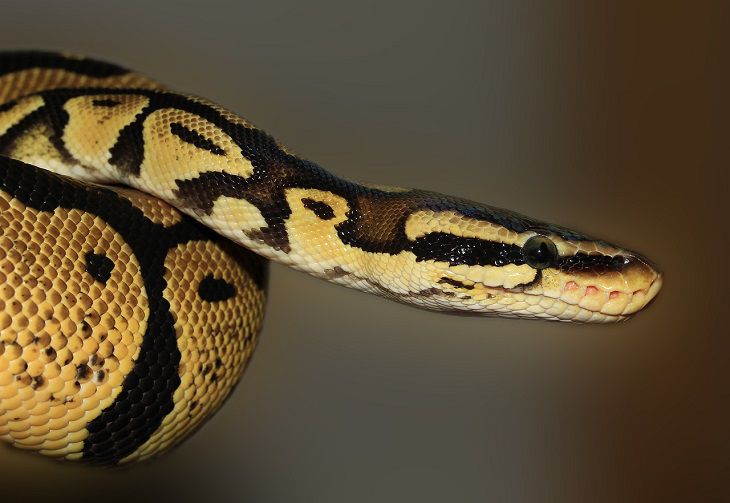Recognizing the danger: Identifying venomous snakes
Not all snakes are venomous - that's why you shouldn't panic every time you see one, because most of them can be actually harmless.
But how can you quickly identify whether a snake is venomous or not without studying them?
Actually, there are a few tricks that might be helpful.
Head Shape
Venomous snakes often have a triangular or arrow-shaped head. This is different from the more rounded heads of many non-venomous snakes.
Pupil Shape
Look at the snake's eyes. Venomous snakes usually have slit-like pupils, similar to a cat's eye. Non-venomous snakes often have round pupils.

Color Patterns
While color alone is not a foolproof indicator, venomous snakes may have vibrant colors with distinct patterns.
However, some non-venomous snakes can also be brightly colored, so it's not the only factor to consider.
Body Shape
Venomous snakes tend to have a thicker, more robust body compared to many non-venomous snakes. This is not a universal rule, but it can be a clue.
Tail Characteristics
Check the snake's tail. Venomous snakes often have a short tail that tapers quickly.
Non-venomous snakes may have longer tails that taper more gradually.
Behavior
Be cautious of the snake's behavior. Venomous snakes are more likely to act defensively, hiss, or display aggressive behavior.
Non-venomous snakes may try to escape or remain calm.
Habitat
Consider your location. Certain regions are home to specific venomous snake species.
Knowing the snakes common to your area can help narrow down possibilities.
Learn Local Species
Familiarize yourself with the venomous snakes in your region. Knowing which species are native to your area can be crucial for identification.

